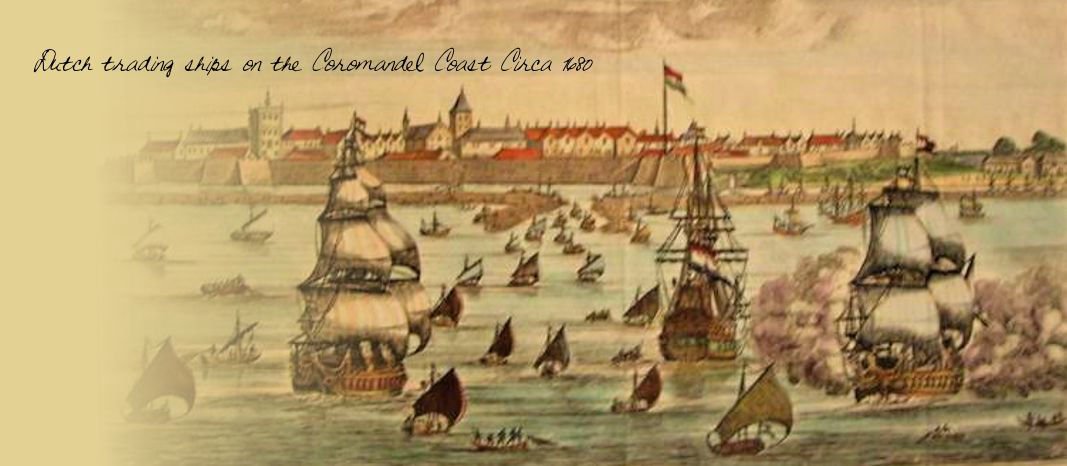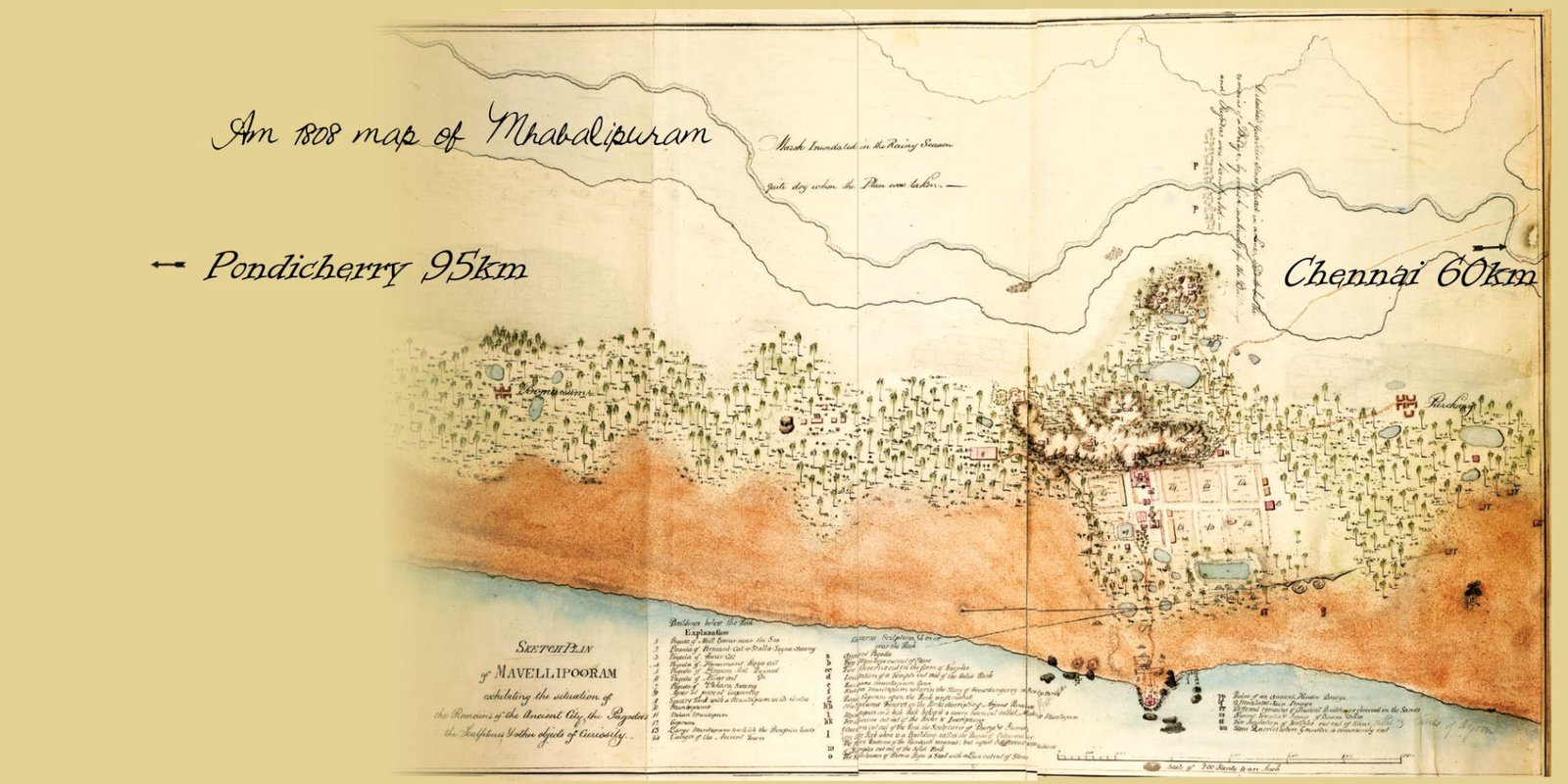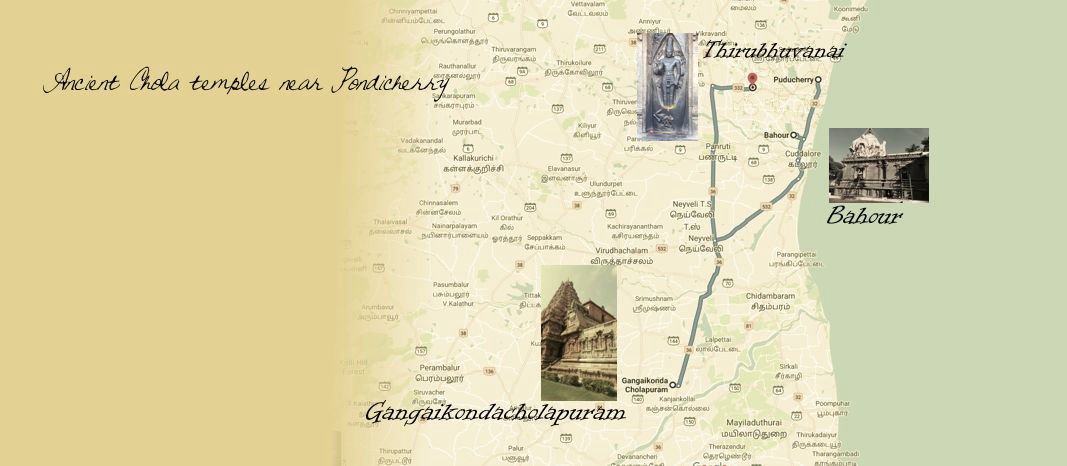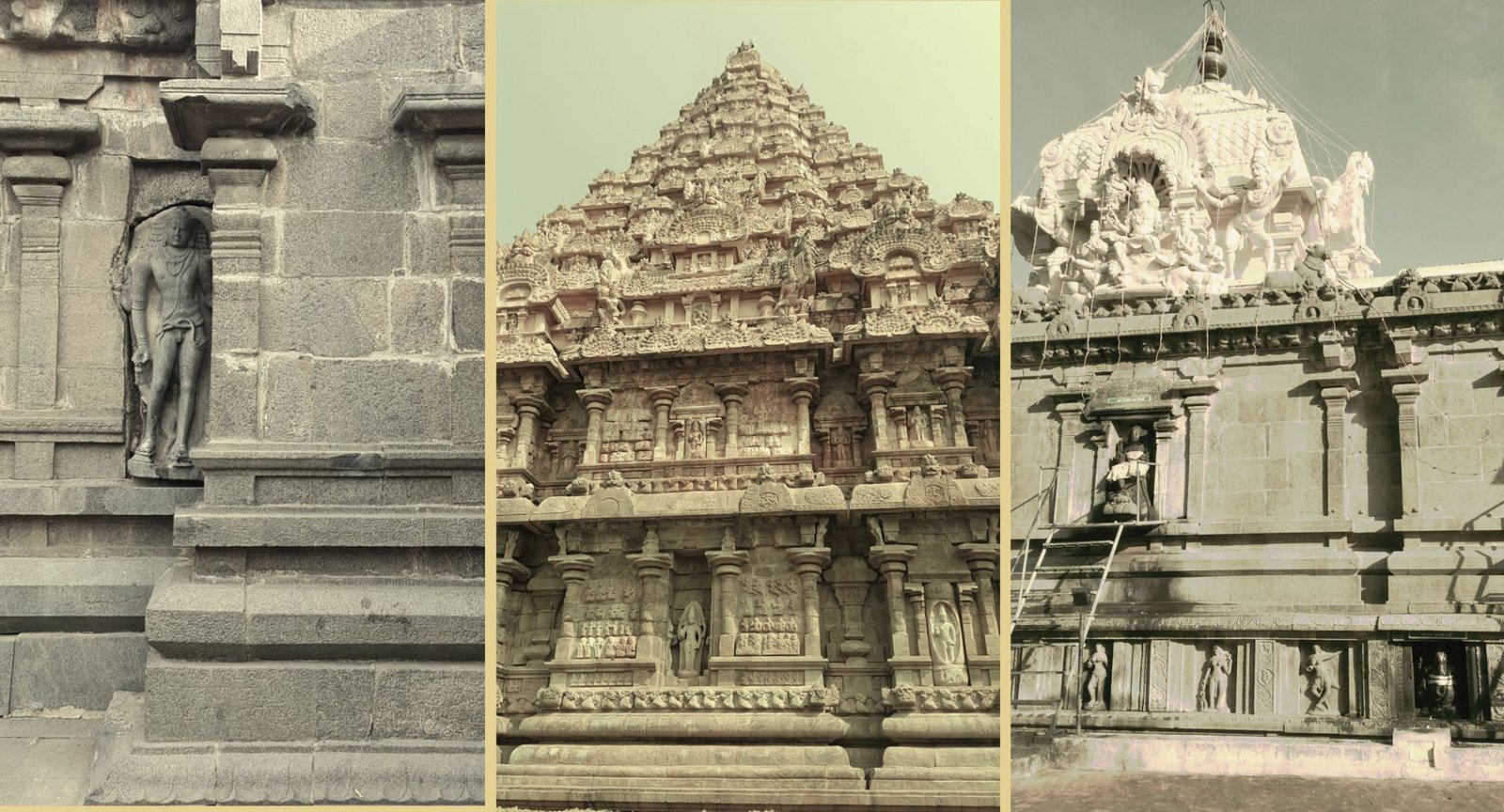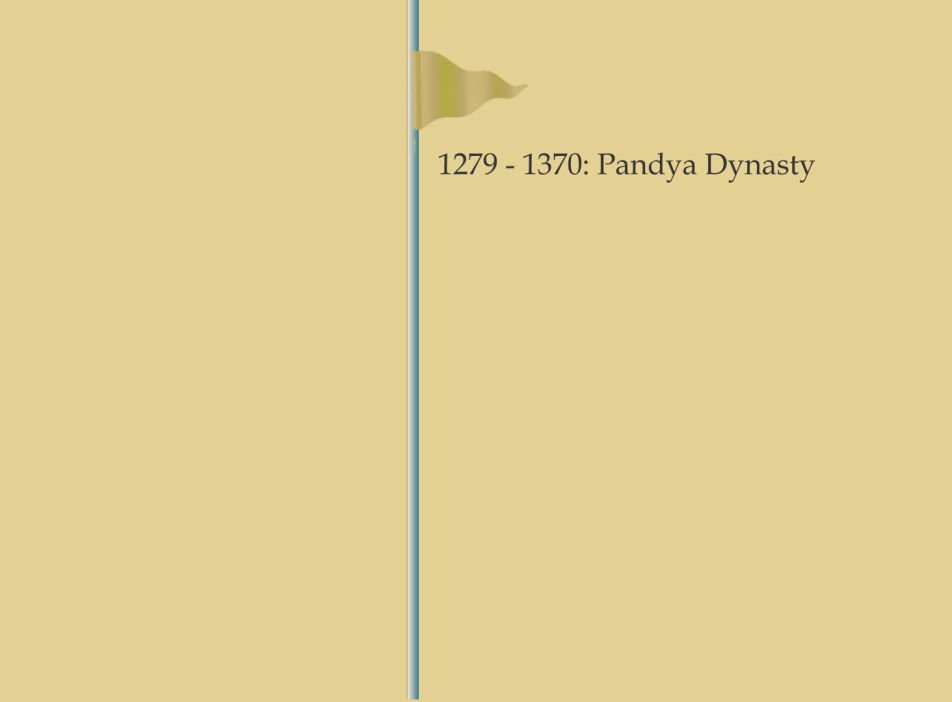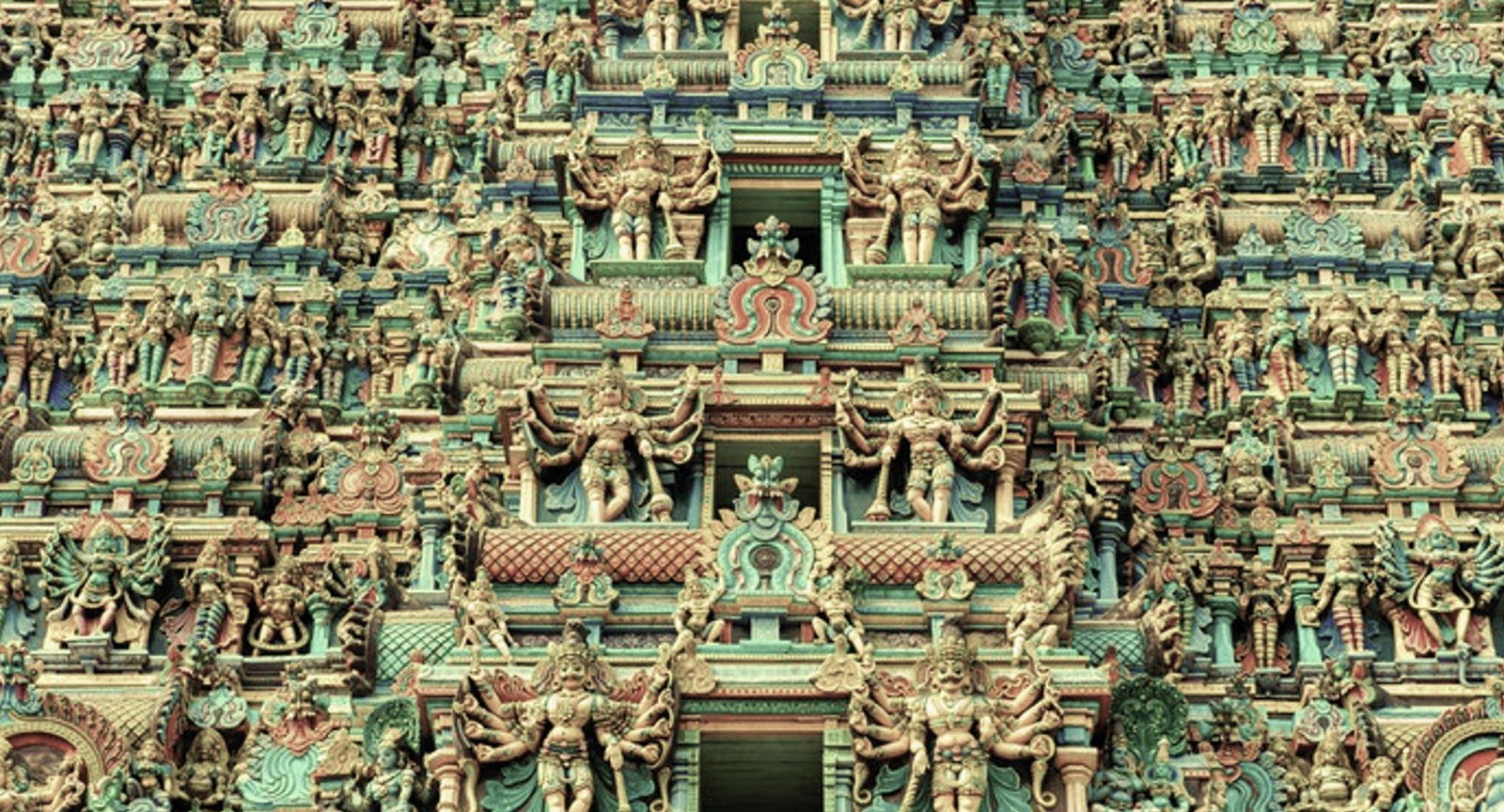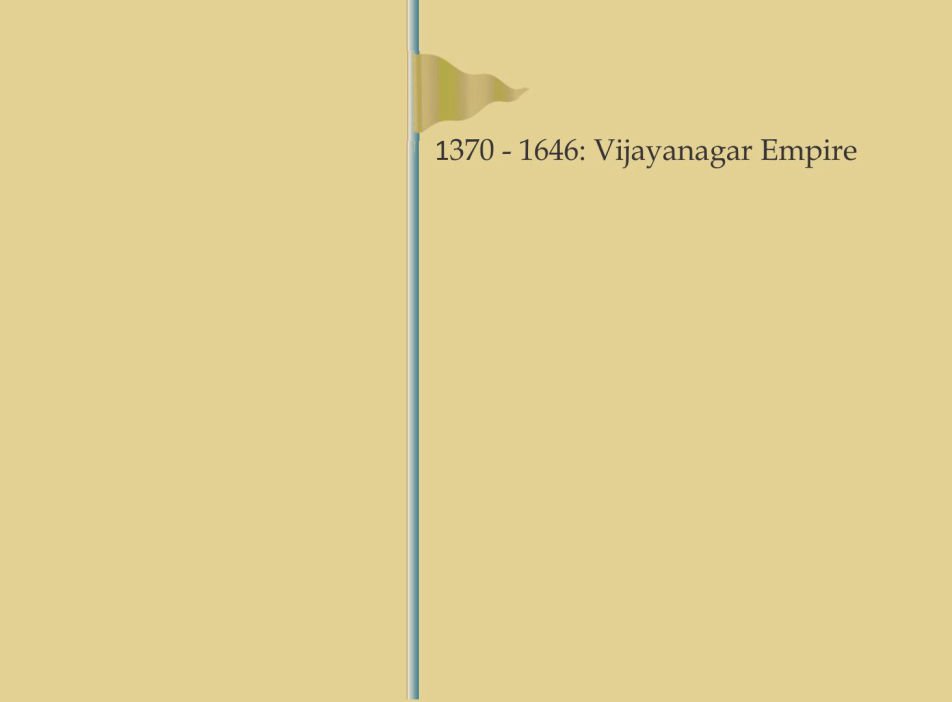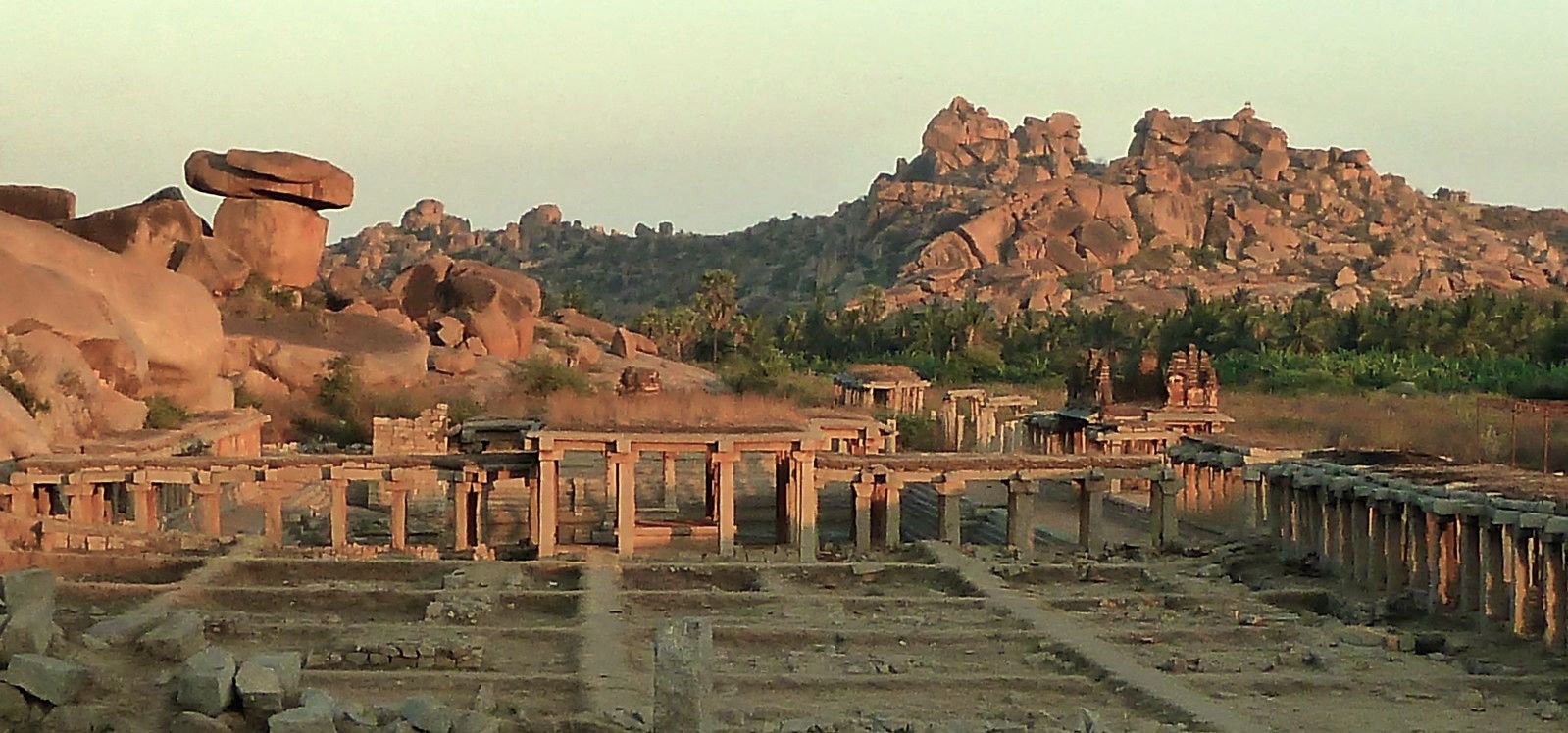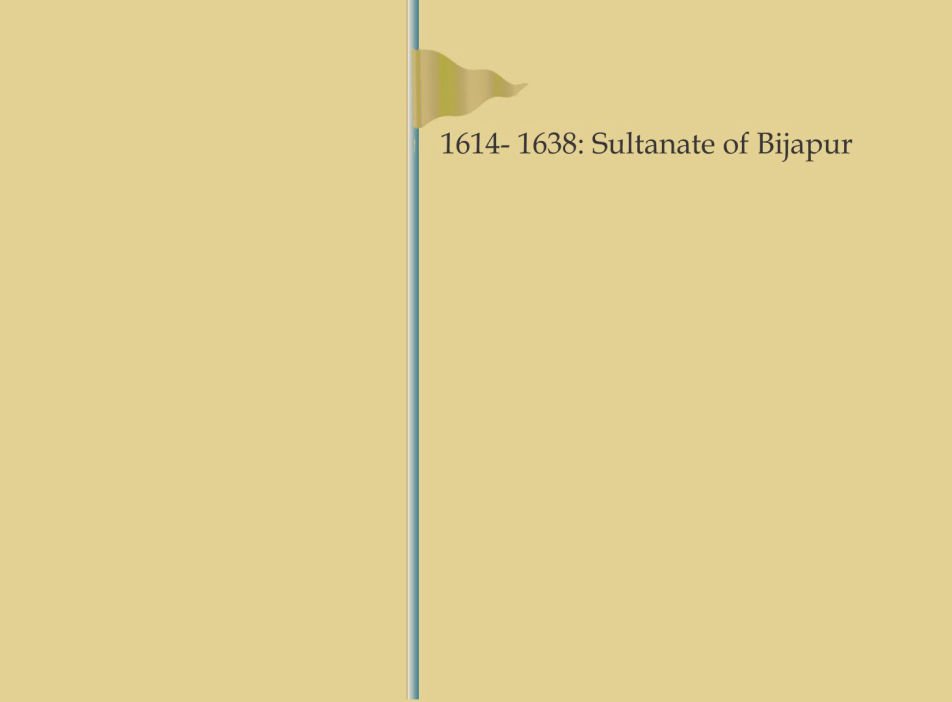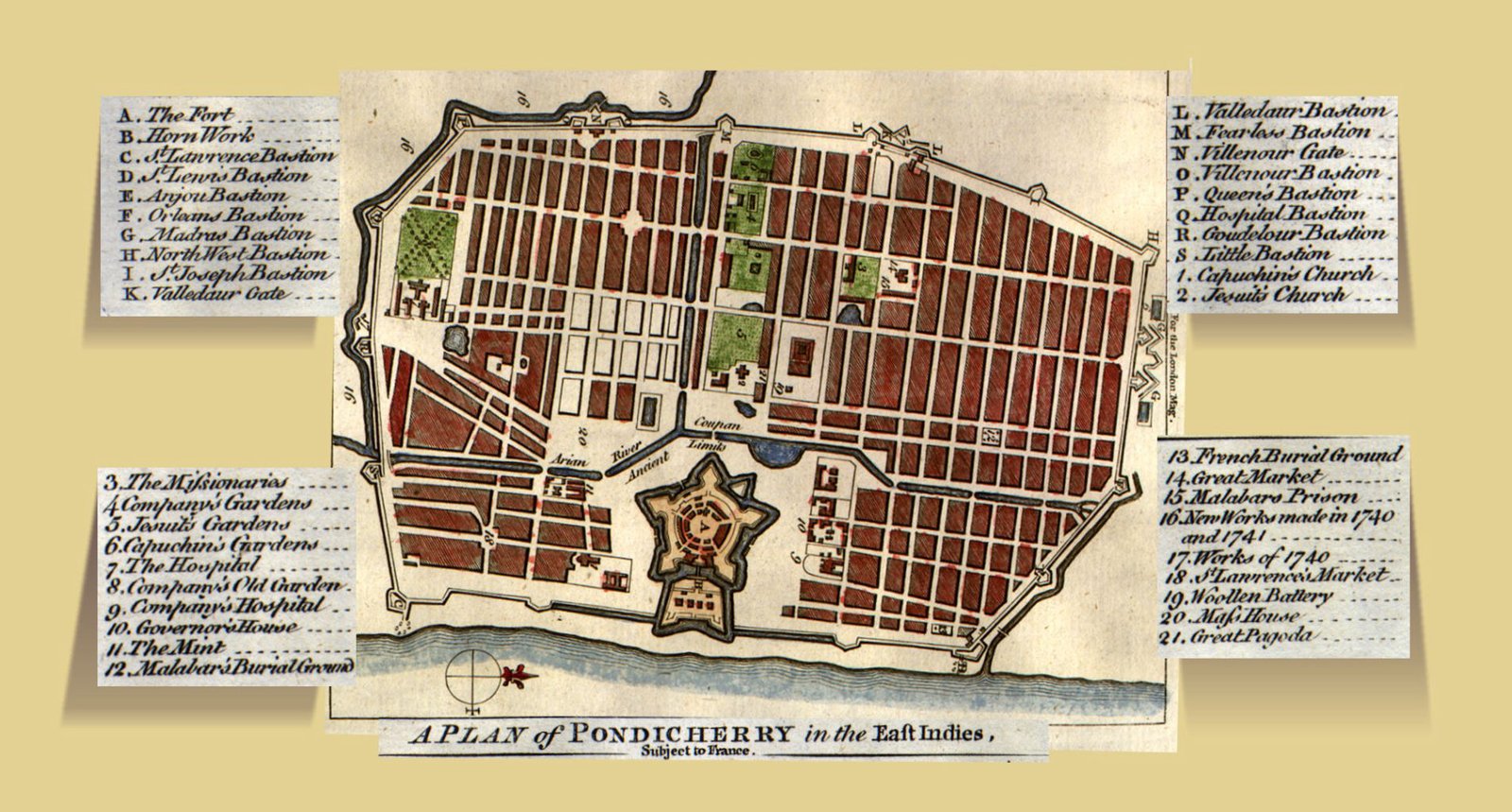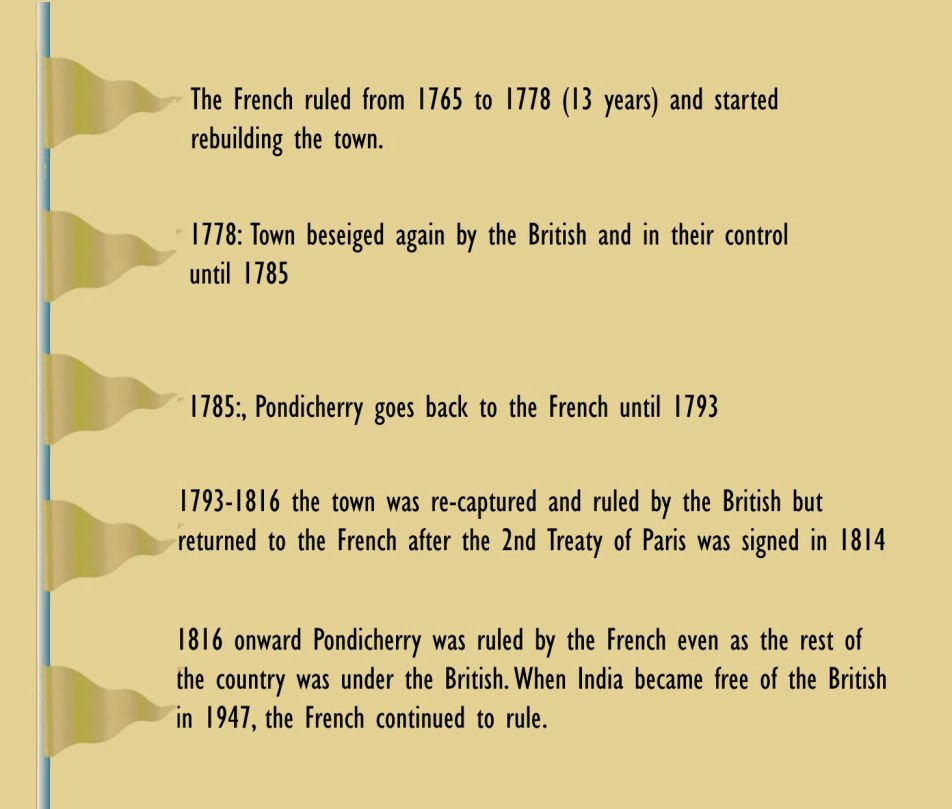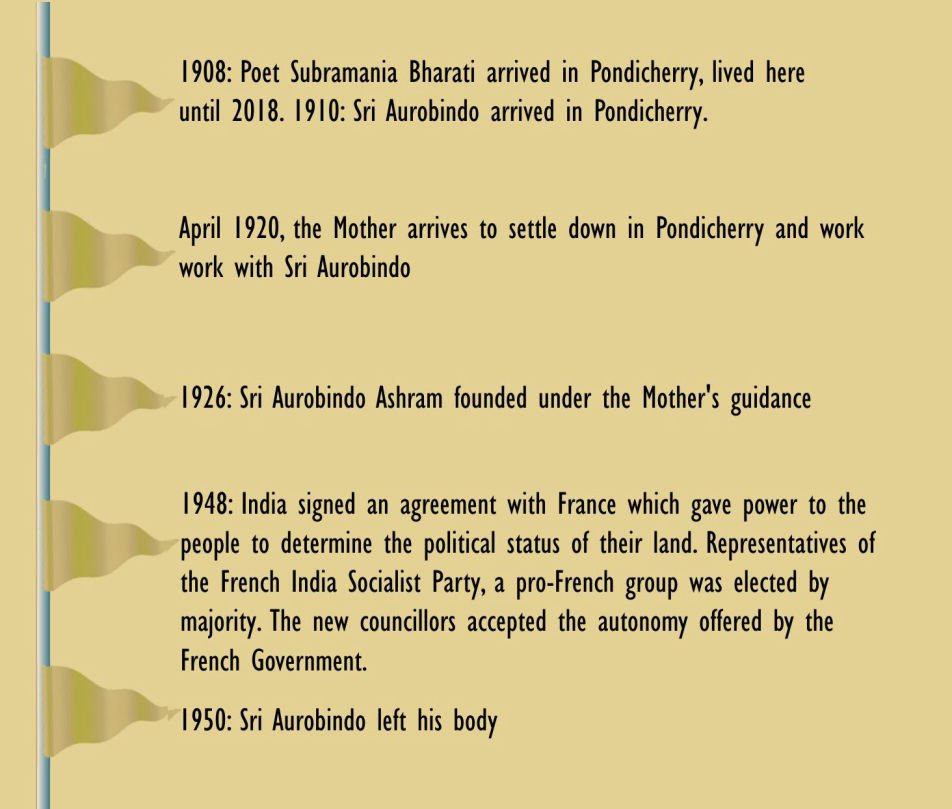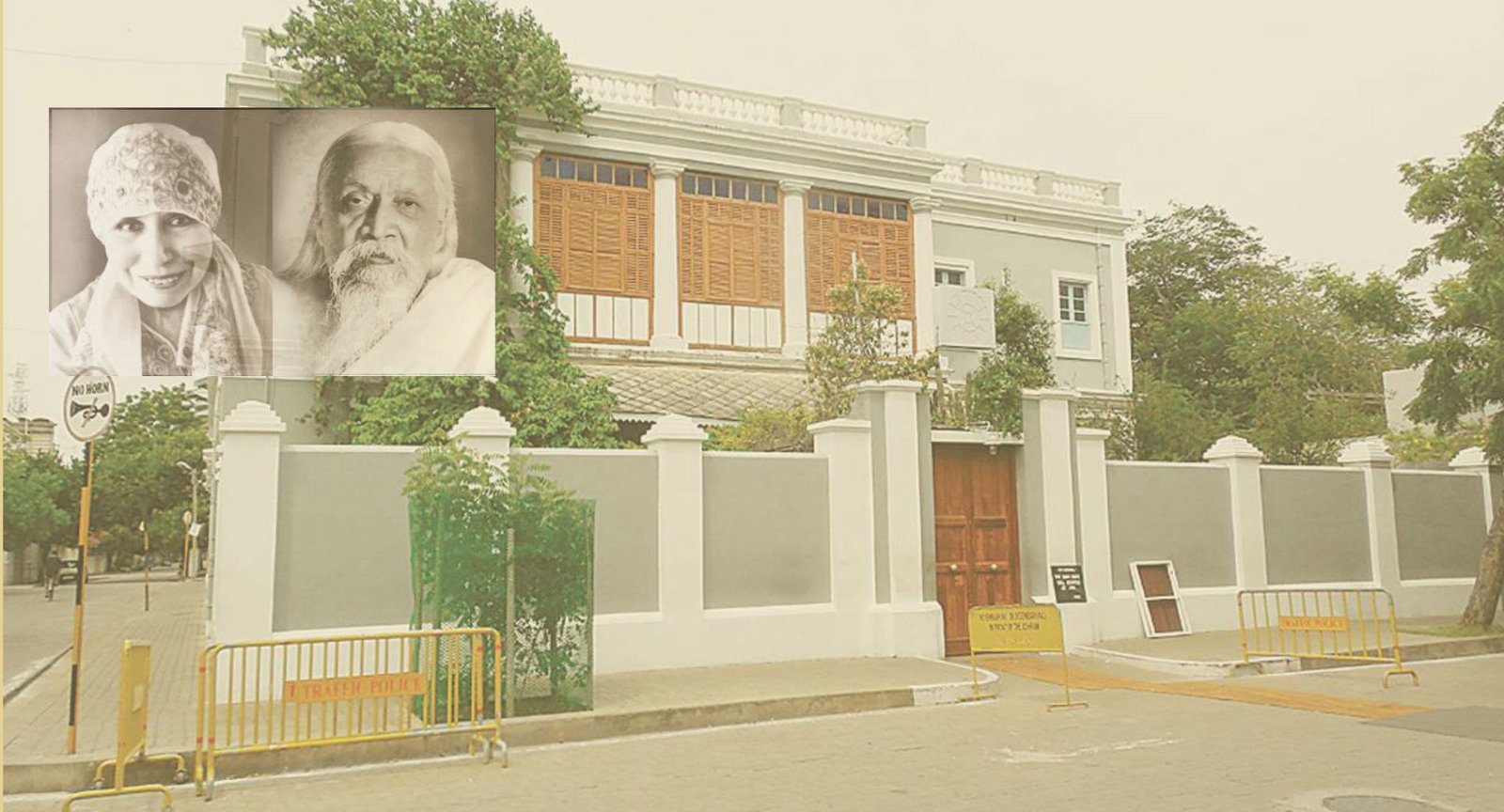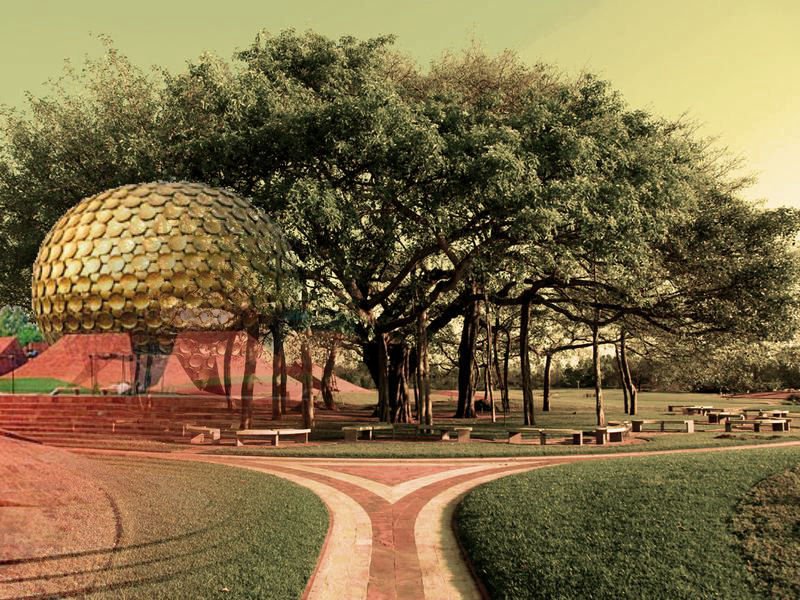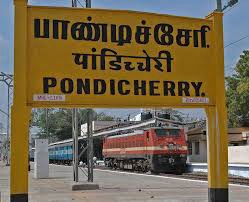Time can stand still in Pondicherry and if you so wish, you could have nothing on your agenda other than just soaking it all in. That's PERFECT! In that case, read this... If you are coming just to drink and 'party', hoping for active 'night life', Pondicherry has some cafes and bars to let your hair down. Kariappa House however with its quiet spaces, amidst a residential quarter, is not.
However, if you are someone who wants to know more about the place and its people and what makes it tick, then you may want to know a bit of our history before you arrive.
To make it convenient for those who want to know more about Pondicherry, we will take a journey along Pondicherry's hostorical past, starting from the 1st century AD down to present day and mark significant events which have left something behind for us to now see and explore. The links will connect you to more information provided by other blogs and sites (the best possible ones we found on the subject). Some of the locations are technically in Tamil Nadu but if they can be visited easily from Pondicherry, they are included here. You can visit all these places on your own but we do organise meaningful accompanied tours to some of the nearby places so ask us for details.
This journey will thus include our Architectural, Natural, Cultural and Spiritual Heritage....all of which we celebrate during the Pondicherry Heritage Festival every year, 

